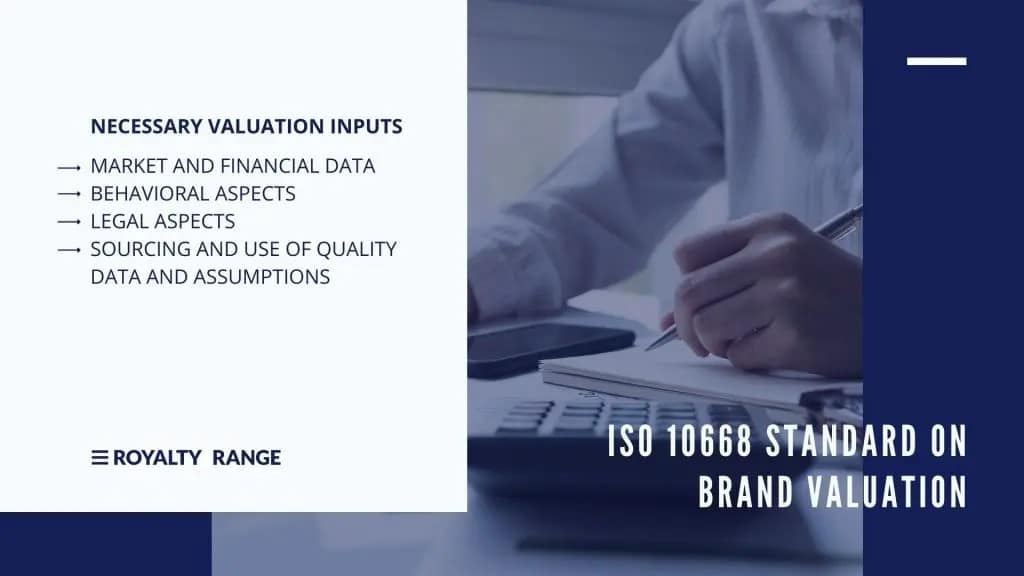What is the ISO 10668 standard on brand valuation?

Kris (Kestutis) Rudzika |
September 15, 2021

In 2010, the International Organization for Standardization (ISO) released ISO 10668: Brand Valuation to help businesses measure the value of their brands consistently and accurately. In this article, we provide an overview of ISO 10668 and its guidance on brand valuation.
What is ISO 10668: Brand Valuation?
ISO 10668: Brand Valuation is an international standard for measuring brand value. It specifies the requirements of an ISO-compliant brand valuation, provides a framework for valuation (including procedures and methods), and shows methods for reporting results.
ISO 10668 can be applied to brand valuations for a wide range of purposes, including accounting, financial reporting, tax planning and compliance, litigation support and licensing.
What is the purpose of the ISO brand valuation standard?
The purpose of ISO 10668 is to provide a consistent and reliable brand valuation approach that can be applied across all types of brands – big or small; local, national or international.
Why is valuing brands important?
Brands are important intangible assets because they make a business recognizable to customers. This drives loyalty and enables higher pricing for branded items.
The reason that brand valuation is important is because it provides solid financial proof of a brand’s value to a business – which is essential for a wide range of business purposes.
The introduction to ISO 10668 states: “intangible assets are recognized as highly valued properties. Arguably the most valuable but least understood intangible assets are brands.”
What does ISO 10668: Brand Valuation include?
General requirements
ISO 10668 starts with the general requirements of an ISO-compliant valuation: transparency, validity; reliability; sufficiency; objectivity; and financial, behavioral and legal parameters.
Specific requirements
Next, it outlines the specific requirements of a brand valuation. These are: declaration of purpose; value concept/premise; and identification of brand. It is important that the purpose of the valuation is declared as this can affect other aspects of the brand valuation, such as the valuation assumptions, the premise or basis of value, and the final valuation outcome.
Valuation approaches and methods
The standard then explains the different approaches to valuation, as well as general considerations regarding brand valuation approaches. The three main approaches are:
- The income approach – This is when the value of the brand is based on the expected income it will generate in its lifetime.
- The market approach – This approach bases value on the reasonable amount a buyer can be expected to pay for the brand, based on data from similar brands.
- The cost approach – This is when the value of the brand is based on how much it would cost to replicate the brand at the time of the valuation.
The most suitable approach for measuring a brand’s value is dependent on the purpose of the brand valuation, the premise or basis of value, and the characteristics of the brand.
Necessary valuation inputs
The standard goes on to provide guidance on valuation assumptions and analysis:
- Market and financial data
- Behavioral aspects
- Legal aspects
- Sourcing and use of quality data and assumptions
Reporting
ISO 10668 also specifies the requirements for the contents of an ISO-compliant brand valuation report, and the different methods for reporting the results of a brand valuation.
Find reliable data for a brand valuation today
If you require data on intangibles for a brand valuation, try the RoyaltyRange database today.
Request One Search
We will perform the search and deliver the initial results within hours, at no cost.




